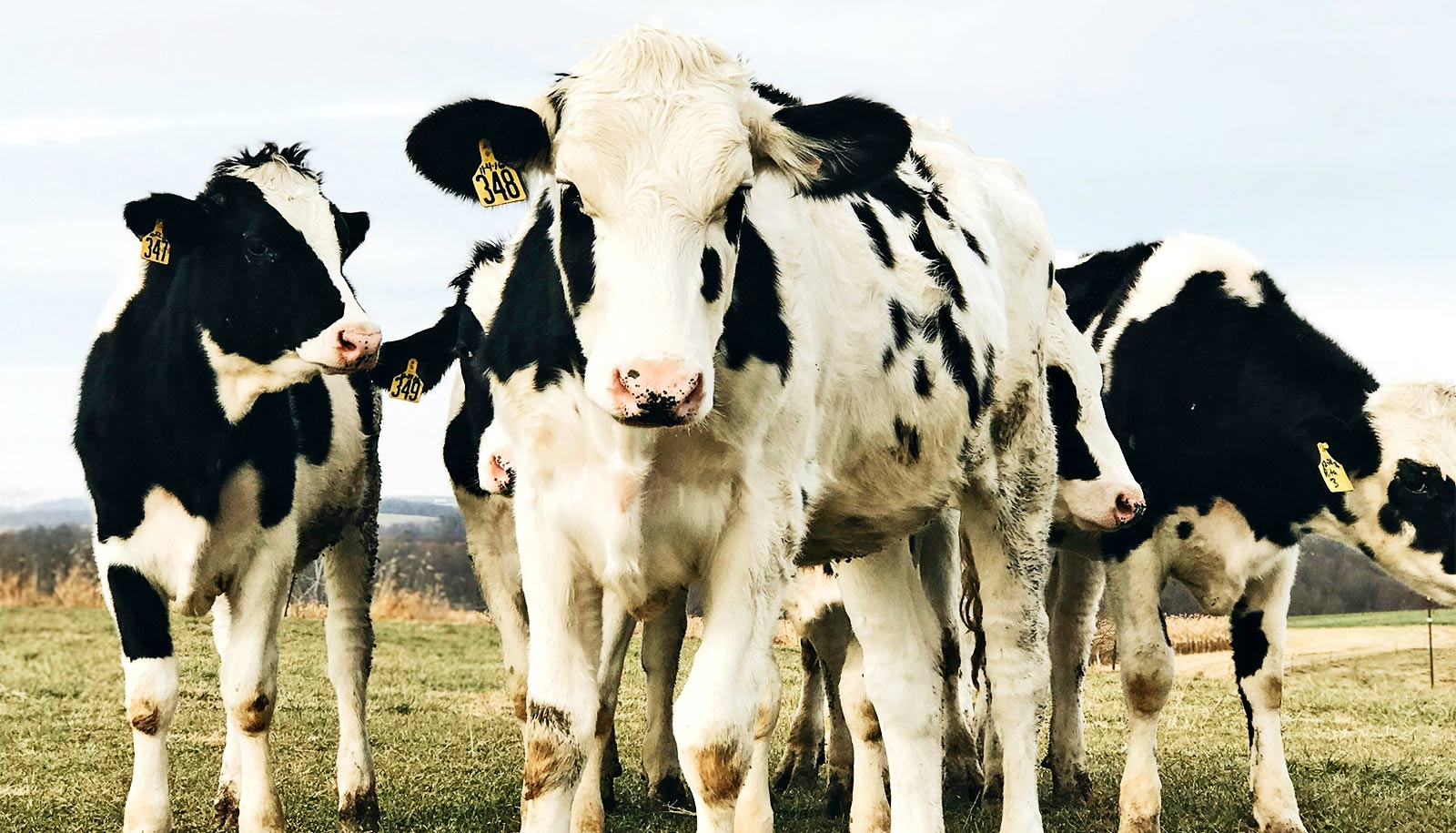New research uses birds to test a hypothesis about the origins of big brains.
Given how proud we are of our brains, it’s ironic that we haven’t yet figured out why we have them. One idea, called the cognitive buffer hypothesis, is that the evolution of large brains arises from the adaptive benefits of being able to mount quick, flexible behavioral responses to frequent or unexpected environmental change.
It’s difficult to test this idea on people because there is only one living species in the genus Homo. Hence the birds. There are many species, they have a range of brain sizes, and they live everywhere, according to Carlos Botero, assistant professor of biology at Washington University in St. Louis. In many ways, they are the ideal group for testing this hypothesis.
“A raven is not much larger than a chicken, but its brain is proportionally much more massive.”
As a young scholar, Botero was able to show how mockingbirds that live in variable habitats have more elaborate songs. Since song complexity is a proxy for learning ability, this finding seemed to support the cognitive buffer hypothesis.
But, after a while, he began to think about alternative explanations for his results. The hypothesis requires that big brains improve survival, but Botero’s study didn’t show this. And it didn’t settle a crucial timing issue: Did large brains evolve in variable habitats, or did they evolve elsewhere and then make it easier to colonize harsh environments? However, the mockingbird study didn’t look back in time.
So together with Trevor Fristoe, postdoctoral associate in biology at Washington University and Canadian biologist Andrew Iwaniuk of the University of Lethbridge, Botero decided to tease out the assumptions behind the cognitive buffer hypothesis and test each of them separately.
Their study, published in Nature Ecology and Evolution, shows that large brains weren’t more likely to evolve in variable compared to stable habitats, and so doesn’t support that part of the hypothesis. But it also shows that brainier birds were better able to colonize seasonal, unpredictable places. So birds with big brains were able to move into a broader range of environments.
“The findings were pretty surprising,” Fristoe says. “In the first part of the study, we showed that a big brain really does give birds a survival advantage in variable environments. So the mechanism works. But that made it all the more puzzling when the second part of the study showed that big brains often evolved in stable—not in variable—habitats.”
Botero is the first to acknowledge that brain size is an imperfect measure of cognition, a term with many definitions.
What the scientists looked at was not absolute brain size, but the difference between brain size and the statistically predicted brain size for the bird’s body size. “An ostrich seems to have a huge brain, but relative to its body size, it’s really not that impressive,” Botero says. “A raven is not much larger than a chicken, but its brain is proportionally much more massive.
“The correlation between relative brain size and cognitive ability is better for birds than for mammals,” Botero says. “Although relative brain size is a noisy metric, it’s still one of the better ways we have to measure brain-related differences among species at large taxonomic scales.
“This whole field is fraught with caveats.”
Odds of survival
Botero and Fristoe first tested the assumption that a bigger brain gave birds a survival advantage by analyzing the data gathered by the Breeding Bird Survey, a huge database of bird sightings that helps monitor populations of North American birds. Each year since 1966, volunteer birders have followed pre-established routes during peak breeding season, stopping for three minutes at designated points to count all the birds they can hear or see.
“We went through all the data for North America, all of the species for which we knew brain size, and came up with a metric for population stability, adjusting for other factors that can affect stability such as clutch size and whether or not the bird is migratory,” Botero says.
They characterized environmental conditions over the same period with data from ecoClimate, an open database of climatic simulations, and data from NASA Earth Observations.
“We showed that species with big brains maintain stable populations in environments where the temperature, precipitation, or productivity change a lot, and species with smaller brains cope less well,” Botero says.
“So the mechanism people were proposing really does seem to work,” he says. “Big brains do improve survival when environmental conditions change frequently and unexpectedly.”
Brains and habitats
The scientists were now ready to tackle the main issue. “The cognitive buffer hypothesis asserts brains became bigger because species were being exposed to more variable environments,” Botero says. “It makes sense, but is it true?”
For the hypothesis to be true, the variable conditions had to happen first, and that meant the scientists had to devise some way to reconstruct the characteristics of birds and environments which vanished long ago.
To do this, they looked for evolutionary correlations between transitions in brain size and the temperature and precipitation variability of species-specific habitats in a global phylogeny of birds (a diagram that represents the order in which species are thought to have evolved from a common ancestor).
“We found that big brains are equally likely to evolve in places that had variable conditions and places that had stable conditions. We don’t see any difference between the two,” Botero says.
“But we found that variable environments are more likely to be colonized by species that already had big brains,” he says. “That explains why, when we go out today, we find an association between big brains and variable environments. And probably why his earlier study found the best singers among mockingbirds lived in variable habitats.
So we now know a big brain helped species like the common raven to expand into the variety of habitats where they live today, but we still don’t know why ravens and even humans evolved big brains in the first place. Botero and Fristoe are thinking about it.



